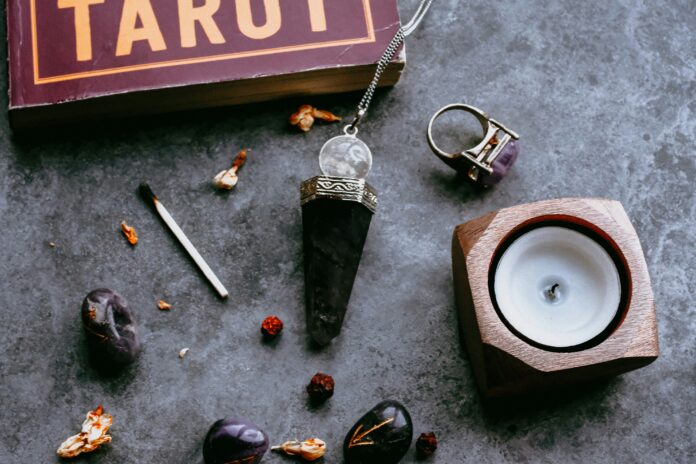
Witches have long been depicted as villains in society, whether they’re scheming and plotting in children’s fairytales, or casting curses and hexes in supernatural horror films.
However, although witches were historically viewed as a deeply concerning threat to society, attitudes towards witchcraft have become increasingly positive in recent years, particularly on social media.
With Halloween just behind us, it seems the perfect time to take a deep dive into the life of a modern witch, how it improves your lifestyle, and the cultural significance behind the practice.
The Life of a Modern Witch
Modern witches tend to focus on the spiritual and nature-loving side of witchcraft. Historically, women accused of witchcraft were typically known in their villages for their intimate knowledge of herbs, aptitude for healing, and general expertise in ‘magical’ power. Once they were accused of witchcraft, their previously lauded skills would be twisted into satanic, unnatural abilities. Still, there was an underlying acknowledgement that these women had a deep awareness of nature and its benefits.
Modern witches are heavily influenced by this association with spirituality and nature. There are plenty of introduction videos to witchcraft on TikTok, under #witchtok. The majority discusses the practice of setting intentions, which is essentially the act of directing a spell or ritual in order to achieve the desired outcome. Intentions don’t just apply to rituals; they can be used in any aspect of everyday life, and basically have the same rules as the popular idea of manifestation.
Of course, there are some creators who are clearly attempting to capitalise on witchcraft’s popularity, pushing extortionately priced incense or specialised candles, whilst claiming these items are essential for any beginner witch. However, the overwhelming consensus is that anybody can be a witch —it’s seen more as a mindset than a collection of belongings.
How It Improves Your Lifestyle
There has always been a communal aspect to the concept of witches: the idea of belonging to a coven is typically the main appeal for modern practitioners. Modern covens prioritise feelings of community and safety; the Wiccan rede (ethical code) states ‘And it harm none, do what you will’.
Witchcraft also has a long and undeniably misogynistic history, and its resurgence in recent years has seemingly sought to rectify that. Modern witches present their lifestyle as a way to reclaim power over their lives, and this journey to self-empowerment and self-love is an essential part of most modern witch communities.
The practice is rooted in these fundamental ideas of wellness and self-improvement and can provide an easy-to-follow routine for those wishing to boost their connection to nature and spirituality.
Like most wellness practices, modern witchcraft helps to focus on what is important in life, shutting out the world around you and reconnecting with the earth. Its emphasis on meditation and reflection is undoubtedly beneficial, and it is mainly following trends that have become popularised on social media in recent years.
Witchcraft’s Cultural Significance
The “evil” stereotypes that witches tend to embody in pop culture are obviously rooted in the historical treatment of women suspected of witchcraft. From the early 15th century, individuals (primarily women, but some men) suspected of possessing knowledge of magic or the supernatural, were persecuted throughout Europe and America.
However, the way witches are portrayed in pop culture has recently shifted. The recent MCU show Agatha All Along consists of a mainly female cast (with the exception of Joe Locke’s ‘Teen’). Although Agatha herself is a more traditional, villainous witch, actively practising dark magic and embodying more classic stereotypes, the show itself has an empowering view of witches. The supporting characters learn to embrace their powers and accept their true natures, regaining their love for the craft and presenting witchcraft as a source of strength and self-acceptance.
Witches have gradually become a symbol of female strength, showcasing the complexities all women can hold in a more nuanced manner than ever before. Modern witchcraft’s links to the self-improvement movement make it an incredibly appealing concept, combining this focus on wellness and spirituality with an updated form of neopaganism.
Conclusion
Although it can seem shocking and unorthodox, modern witchcraft is more of an extension of existing spiritual practices, redefining the misogynistic stereotypes of past witches and reconnecting with nature in an increasingly consumerist world.
Its ritualistic aspects provide a meditative experience, offering practitioners a way to stay grounded and spiritually focused in an ever-moving world.
Words by Emily Nutbean